The Original Restoration Magazine for people who are passionate about old houses to repair, rehabilitate, update, and decorate their homes; covering all classic American architectural styles,—from the earliest Colonial-era buildings to grand Victorians of every variety to Arts & Crafts bungalows and mid-century ranches.
The art of preservation
SIDE NOTES
Old House Journal • VOLUME XLX, ISSUE 3
At the Front Door • These markers celebrate stylish preservation.
Mid-Century to Modern • Find your inner modernist with furnishings from the 1950s–’70s.
Historic Homes • … all listed on the National Register, individually or as contributing to a registered historic district.
OH DEAR, LOVE AT FIRST SIGHT • We really weren’t ready to renovate an old house, but oh the architecture! It was well worth it.
DESIGN
Cobblestones to Asphalt Drives DESIGNING TO COMPLEMENT THE HOUSE • If you have an old house, its first driveway was designed for a sedan to motor to a one-bay garage. Adding a new driveway that will accommodate SUVs and a three-car garage might create an eyesore or drainage problem. When designing, consider some of the traditional ways the driveway was made to fit in. Curbs and borders mitigate an expanse of asphalt or concrete, as does a grass median. You might choose instead a surface of pavers, cobblestones, or pea gravel. The driveway for a rural Victorian is very different from one designed for a suburban bungalow. Regional preferences in materials, too, offer clues and make a driveway more apt to fit the neighborhood.
FAUX BOIS GARDEN ORNAMENT • Wildly popular in the 19th century, faux bois, meaning false wood, is in this case the art of working reinforced concrete into shapes that mimic trees, branches, bark, and stumps. The craft is alive thanks to sculptor and gardener Diane Husson, who is based in Norfolk, Virginia. One of the few artist–craftspeople to maintain a tradition that almost expired around the time of Art Deco, she has developed proprietary material formulas and techniques to fashion sophisticated, naturalistic tables and seating that endure all kinds of weather and resist garden pests. • Made up of multiple layers of cement, fiberglass, and basalt over a welded steel frame, the custom designs are subtly colored and finished with a permanent sealer. Husson draws broadly from the plant kingdom, her designs echoing crepemyrtle trees, cypress roots, and white birch, among others. Clients may commission an original design or a rendition of a piece featured on her website. Diane Husson Faux Bois Furniture, (757) 587-4342, fauxboisfurniture.com
Will H. Bradley: Design for a Dining Room • Illustration, ca. 1901-03, commissioned by Ladies Home Journal.
Embracing a Pink Tiled Bath • Appreciation for those signature mid-century bath colors is overdue. Celebrate, don’t deny, them!
RESTORE
the paint STORY • You’ve been painting since you were a toddler, you say? You might nevertheless be surprised that many of the formulations (and some of the techniques) you’ve relied on no longer apply. Most areas have all but phased out oilbased paints, and even the reliable alkyds—a synthetic-resin type with some of the characteristics of oil paint—are getting hard to find. The good news is that many modern paints, primers, prepping solutions, and additives are well suited to century-old clapboards and plaster walls. Environmental concerns have produced a mini boom in earth-friendly linseed-oil and other “natural paints” that perform well.
exterior PREP
interior PRE-PAINT PREP
muntins 2 WAYS
CLEANING UP: 1-2-3
WOOSTER BRUSH • Ever since Adam Foss bought a box of unclaimed hog bristles in 1851, Wooster Brush has been an originator: inventing the first angle sash brush and using nylon filaments in brushes...
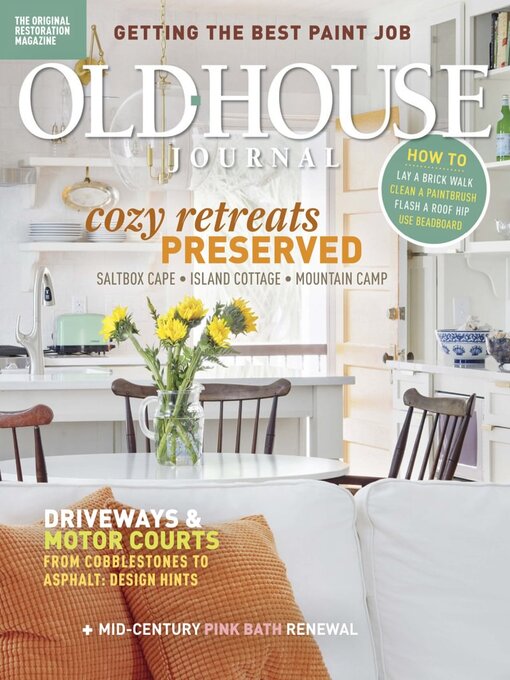
 May/June 2024
May/June 2024
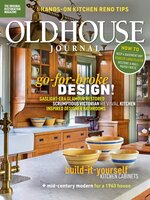 March/April 2024
March/April 2024
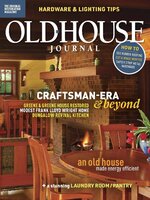 January/February 2024
January/February 2024
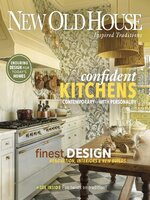 New Old House 2024
New Old House 2024
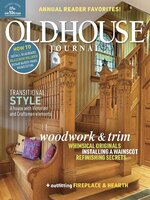 November/December 2023
November/December 2023
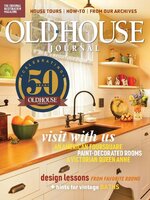 September/October 2023
September/October 2023
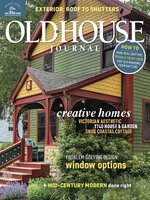 July/August 2023
July/August 2023
 Renovation Lookbook 2023
Renovation Lookbook 2023
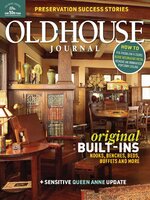 May/June 2023
May/June 2023
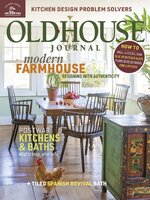 March/April 2023
March/April 2023
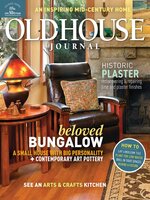 January/February 2023
January/February 2023
 New Old House 2023
New Old House 2023
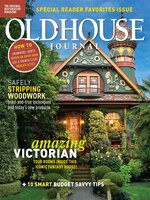 November/December 2022
November/December 2022
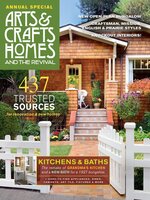 Arts & Crafts Home 2023
Arts & Crafts Home 2023
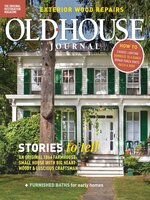 September/October 2022
September/October 2022
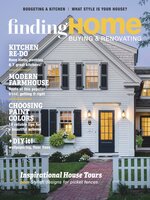 Finding Home 2022
Finding Home 2022
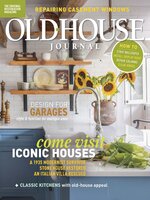 July/August 2022
July/August 2022
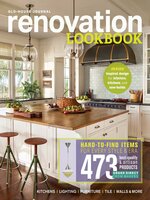 Design Center Sourcebook 2022
Design Center Sourcebook 2022
 May/June 2022
May/June 2022
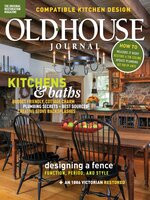 March/April 2022
March/April 2022
 January/February 2022
January/February 2022
 New Old House 2022
New Old House 2022
 November/December 2021
November/December 2021
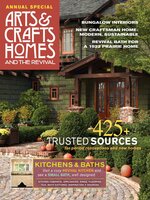 Arts & Crafts Resource Guide 2022
Arts & Crafts Resource Guide 2022
